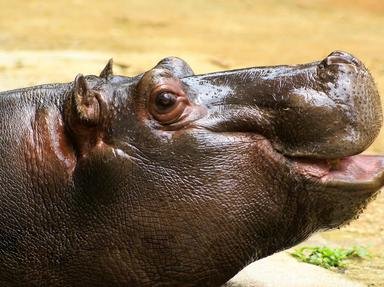
Can You Pass The B Test? Trivia Quiz
For this quiz about animals l have given you four categories, which are mammals, reptiles, birds and fish. Can you place the animals in their correct categories? Good luck!
A classification quiz
by Kalibre.
Estimated time: 3 mins.